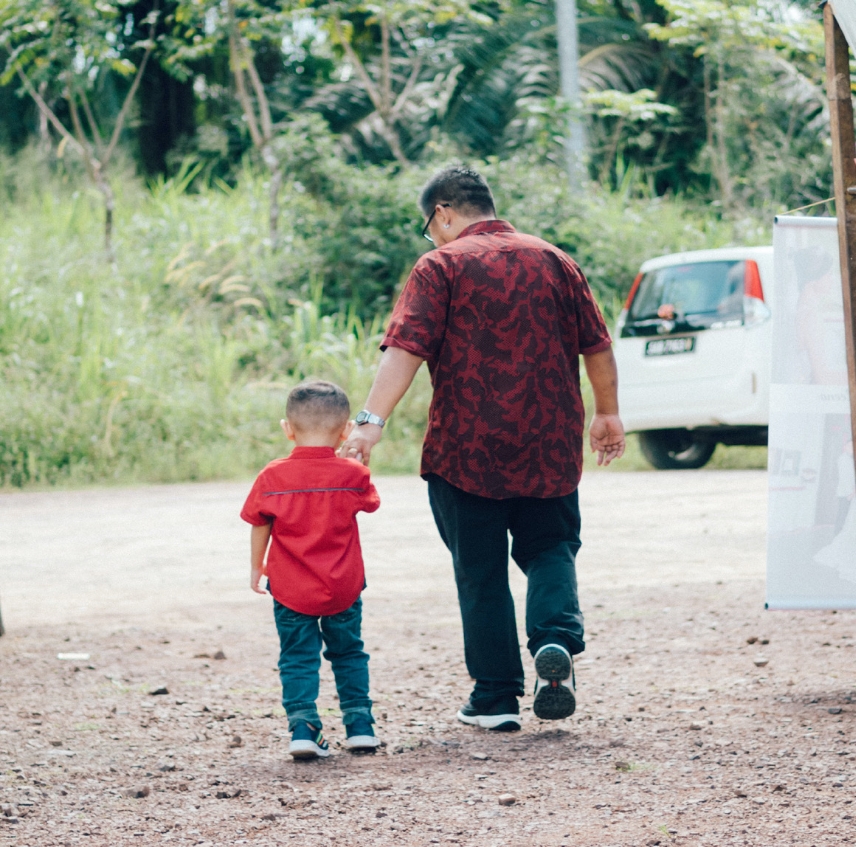
Navigating The New Challenges of Youth With Telepsychiatry Solutions
How innovative practices support mental wellbeing for today’s children
Today’s Childhood Looks and Feels Different
Childhood has changed.
Today’s kids have to navigate issues their
parents and grandparents never had to
encounter. Thanks to cell phones and social
media, they’re always reachable. Gun violence
and mass shootings mean school children have
to practice lockdown drills in between recess
and math lessons. They’re living in an era that
included a global pandemic and they’re feeling
the effects of the American substance abuse
epidemic, fueled by opioids.
The mental health of the nation’s youth is declining. And a diverse cross section of policy makers and frontline witnesses to the issue are sounding the alarm in different ways.
The U.S. Surgeon General released a public advisory on the issue in 2021, attempting to call attention to the issue and elevate potential solutions. The New York Times ran a comprehensive story in early 2022 about the volume of adolescent patients pediatricians are seeing with mental health struggles. And a rare bipartisan group of senators continues to push for social media legislation because of the negative impacts on youth mental health.
But, even as the state of children’s mental health declines, it seems the awareness for this critical issue is becoming abundant.
As a leader in telepsychiatry partnerships designed to improve speed and access to quality care for patients in need, including children and adolescents, we felt it was important to take a look at a few of the factors influencing children’s mental health and examine how telebehavioral health offers solutions.

The mental health of the nation’s youth is declining. And a diverse cross section of policy makers and frontline witnesses to the issue are sounding the alarm in different ways.
The Impact and Awareness of ACEs
Nearly a third of all children in the U.S. endure at least one adverse childhood experience (ACE) before they enter adulthood. About 14 percent experience two or more, according to the National Survey of Children’s Health.
The impact of those ACEs can be profound, particularly if the emotional trauma goes untreated due to a lack of access to care or a lack of willingness to seek care. Dr. Joshua Ackerman, an innovaTel psychiatrist, said he has seen how the trauma of ACEs follows children into adulthood and often materializes by way of mental health conditions or substance use disorder.
“Childhood trauma is like a beach ball that, at some point, will become way too big to hold underwater. That’s when symptoms start happening,” Ackerman said.
Ackerman, who treats patients remotely, said he believes trauma-informed treatment is critical in every setting to create a comfortable, healing and empathetic environment for those who struggle dealing with the impact of ACEs.
“People are carrying other people’s stuff around with them from what happened. Guilt, suicidal thinking, inability to form supportive relationships,” he said. “It’s a multi-tiered issue, but one that I think is justifiable and finally gaining much more awareness in terms of our day-to-day interactions with our patients.”
ACEs
- Emotional abuse
- Physical abuse
- Sexual abuse
- Emotional neglect
- Physical neglect
- Substance use in the home
- Mental illness
- Divorce
- Incarceration of a family member
- Domestic violence
- Suicidal thoughts or behavior in the home
innovaTel’s remote providers, like Dr. Ackerman, improve speed and access to quality care for patients navigating past trauma.
Treating a Startling Trend
Research has consistently shown in recent years and months that teenage girls in America are struggling. In early 2023, the Centers for Disease Control and Prevention (CDC) released a report revealing an alarming elevation in suicidal ideation among teenage girls.3
When compared to boys, girls were much more likely to experience prolonged feelings of sadness or hopelessness — nearly 3 in 5 compared to nearly 1 in 5. LGBTQ+ teens experience those emotions at an even greater rate.4
While social media has long been named as a considerable contributing factor to the declining mental health of teenage girls in particular, an Associated Press report suggests more may be at play. Pressures related to academic success, toxic relationships with friends and romantic partners, bullying and harassment, and pandemic-related isolation have begun to pile up.


When it comes to treatment, some teen girls are also stifled by the fact that mental health challenges are still stigmatized in some communities. Dr. McCray Ashby, a child psychiatrist, said care from a remote provider could benefit teens as they navigate many of these challenges.
Remote partnerships allow organizations to integrate providers with specific clinical, life or cultural experiences that may not otherwise be available in that area, fostering a greater likelihood of patient-provider connection, decreased no-shows and improved outcomes. And at innovaTel, required DEI training for our providers creates a better understanding when there are differences between patients and providers.
“It makes absolute sense that I’ll feel more comfortable in an appointment if the person looks like the people I’m always around. My guard just comes down,” Ashby said. “On the flipside of that, it doesn’t mean I can’t connect with someone who doesn’t look like me. If I have a heart attack, I don’t expect my cardiologist to have a heart attack to treat me.”
60%
The increase in teen girls who have seriously considered suicide in the past 10 years.
“Telehealth has opened the door in different ways.”
- Dr. McCray Ashby

Converging Social Stressors
Rising rates of anxiety among teens have been linked to the seemingly ever-present fear of mass violence, particularly at school. A recent report released by the American Psychological Association5 indicates the potential for violence has teens on edge, in constant worry and on high alert.
Coupled with concerns about climate change, political division, financial stress and social unrest, teens today are dealing with what one University of California Irvine professor described as a “cascade of collective traumas.” And those traumas are coming at a time when the nation is nearly emotionally spent after enduring the challenges that came with the COVID-19 pandemic.
Conditions associated with mass violence, or the threat of mass violence, include post-traumatic stress disorder, anxiety, depression and substance use disorder, to name a few. And as demand for care continues to increase, among teens and other patient populations, organizations delivering care are feeling the pinch.
Capacity shrinks. Wait times increase. Quality suffers. Trauma goes untreated, longer.
Partnerships with innovaTel, which allow for the integration of remote providers within clinical teams, free up patient capacity, decrease wait times and no-shows, and ultimately improve outcomes for patients who are struggling to navigate difficult issues.
We’re improving speed and access to quality behavioral health care in a variety of ways, across the country, not just because we’re able to — but because the needs of our time call for it.

Sources:
- https://www.nytimes.com/2022/05/10/health/pediatricians-mental-health-crisis-teens.html?smid=url-share
- https://www.hhs.gov/sites/default/files/surgeon-general-youth-mental-health-advisory.pdf
- https://www.ncsl.org/health/adverse-childhood-experiences#:~:text=Nearly%2016%20percent%20of%20adults,a%20higher%20number%20of%20ACEs.
- https://www.nbcnews.com/health/health-news/teen-mental-health-cdc-girls-sadness-violence-rcna69964
- https://www.apa.org/monitor/2022/09/news-mass-shootings-collective-traumas
